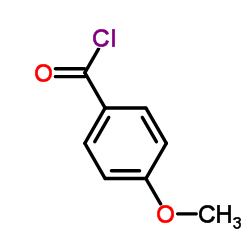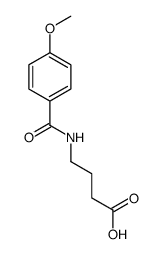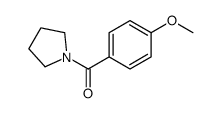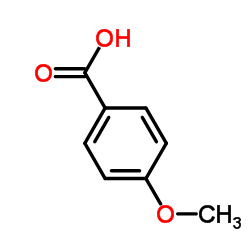72432-10-1
| Name | aniracetam |
|---|---|
| Synonyms |
MFCD00153767
Ro 13-5057 Aniracetam 1-p-Anisoyl-2-pyrrolidinone Sarpul 1-(4-Methoxybenzoyl)pyrrolidin-2-one Ampamet Draganon 1-[(4-Methoxyphenyl)carbonyl]pyrrolidin-2-on 2-Pyrrolidinone, 1-(4-methoxybenzoyl)- 1-anisoyl-2-pyrrolidinone 1-(4-Methoxybenzoyl)-2-pyrrolidinone 1-[(4-Methoxyphenyl)carbonyl]pyrrolidin-2-one |
| Description | Aniracetam(Ro 13-5057) is a nootropics and neuroprotective drug, which is selectively modulates the AMPA receptor and nAChR.Target: AMPA; nAChRAniracetam is an ampakine and nootropic of the racetam chemical class purported to be considerably more potent than piracetam. It selectively modulates the AMPA receptor. It is lipid soluble and has possible cognition enhancing effects. It has been tested in animals extensively, Alzheimer's patients and temporarily-impaired healthy subjects. It has shown potential as an anxiolytic in three clinical animal models [1].Administration of aniracetam for 10 days (post-natal days (PND) 18-27), at a dose of 50 mg/kg reversed cognitive deficits in both rat genders, indicated by a significant increase in the number of avoidances and the number of 'good learners'. After the termination of the nootropic treatment, a significant increase in both amplitude and frequency of AMPA receptor-mediated mEPSCs in hippocampal CA-1 pyramidal cells was observed [2].Clinical indications: Cognitive disorder; StrokeFDA Approved Date: Toxicity: insomnia; headaches; nausea or rash. |
|---|---|
| Related Catalog | |
| References |
| Density | 1.2±0.1 g/cm3 |
|---|---|
| Boiling Point | 399.7±34.0 °C at 760 mmHg |
| Melting Point | −58 °C(lit.) |
| Molecular Formula | C12H13NO3 |
| Molecular Weight | 219.236 |
| Flash Point | 195.5±25.7 °C |
| Exact Mass | 219.089539 |
| PSA | 46.61000 |
| LogP | 0.27 |
| Vapour density | 4.9 (vs air) |
| Vapour Pressure | 0.0±0.9 mmHg at 25°C |
| Index of Refraction | 1.574 |
| Storage condition | Store at RT |
| Water Solubility | Reacts |
CHEMICAL IDENTIFICATION
HEALTH HAZARD DATAACUTE TOXICITY DATA
|
| Personal Protective Equipment | Eyeshields;Gloves;type N95 (US);type P1 (EN143) respirator filter |
|---|---|
| RIDADR | NONH for all modes of transport |
| WGK Germany | 2 |
| RTECS | UY5781900 |
|
~82% 
72432-10-1 |
| Literature: Karimi; Kihlberg; Langstroem Journal of the Chemical Society. Perkin Transactions 1, 2001 , # 13 p. 1528 - 1531 |
|
~% 
72432-10-1 |
| Literature: US4369139 A1, ; |
|
~39% 
72432-10-1 |
| Literature: Zhang, Jian; Hong, Soon Hyeok Organic Letters, 2012 , vol. 14, # 17 p. 4646 - 4649 |
|
~% 
72432-10-1 |
| Literature: US4369139 A1, ; |
|
~% 
72432-10-1 |
| Literature: US4369139 A1, ; |
|
~70% 
72432-10-1 |
| Literature: Blay, Gonzalo; Cardona, Luz; Garcia, Begona; Garcia, Cristina L.; Pedro, Jose R. Tetrahedron Letters, 1997 , vol. 38, # 47 p. 8257 - 8260 |
|
~% 
72432-10-1 |
| Literature: US4369139 A1, ; |
|
~% 
72432-10-1 |
| Literature: US4369139 A1, ; |
| Precursor 9 | |
|---|---|
| DownStream 3 | |









